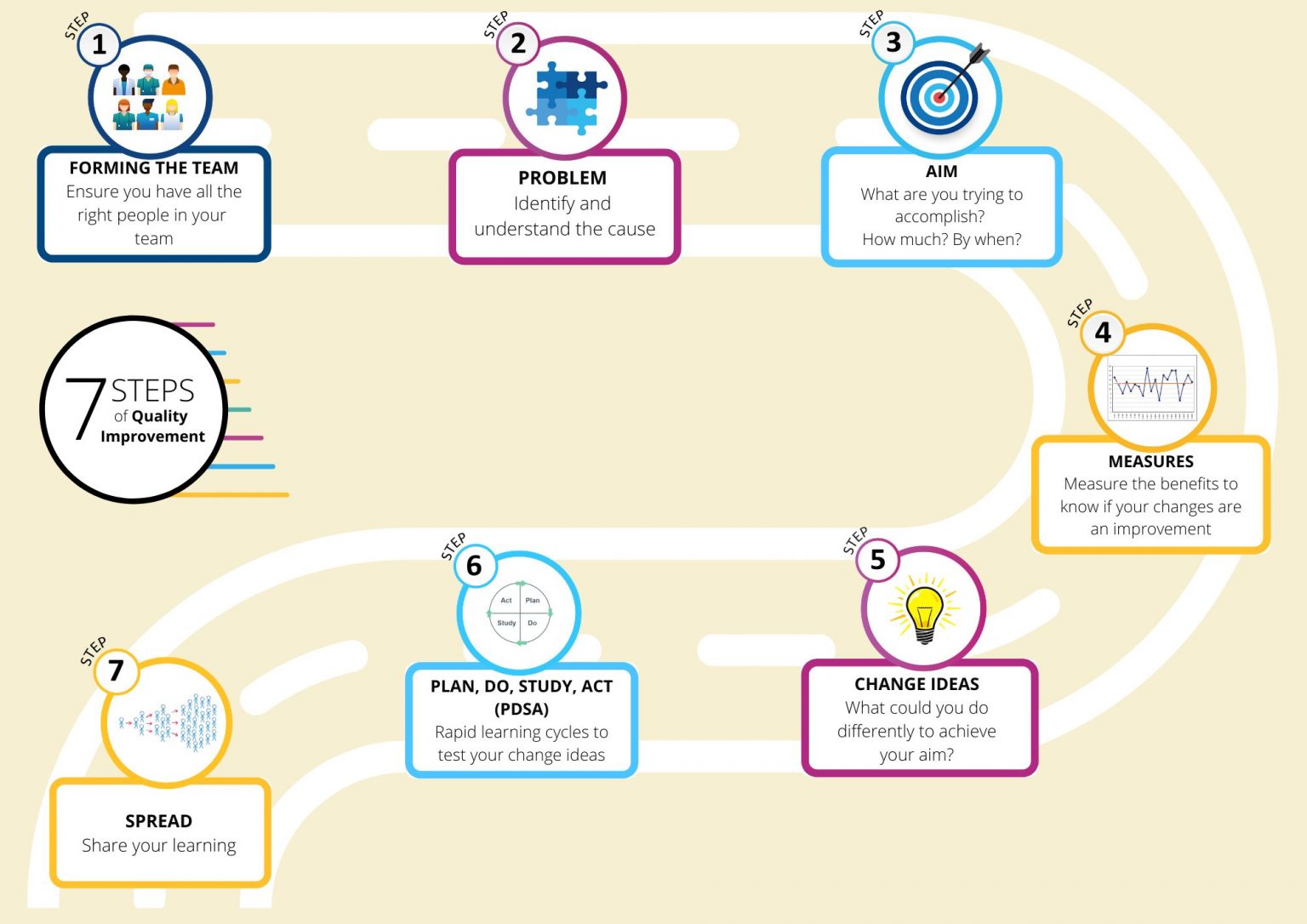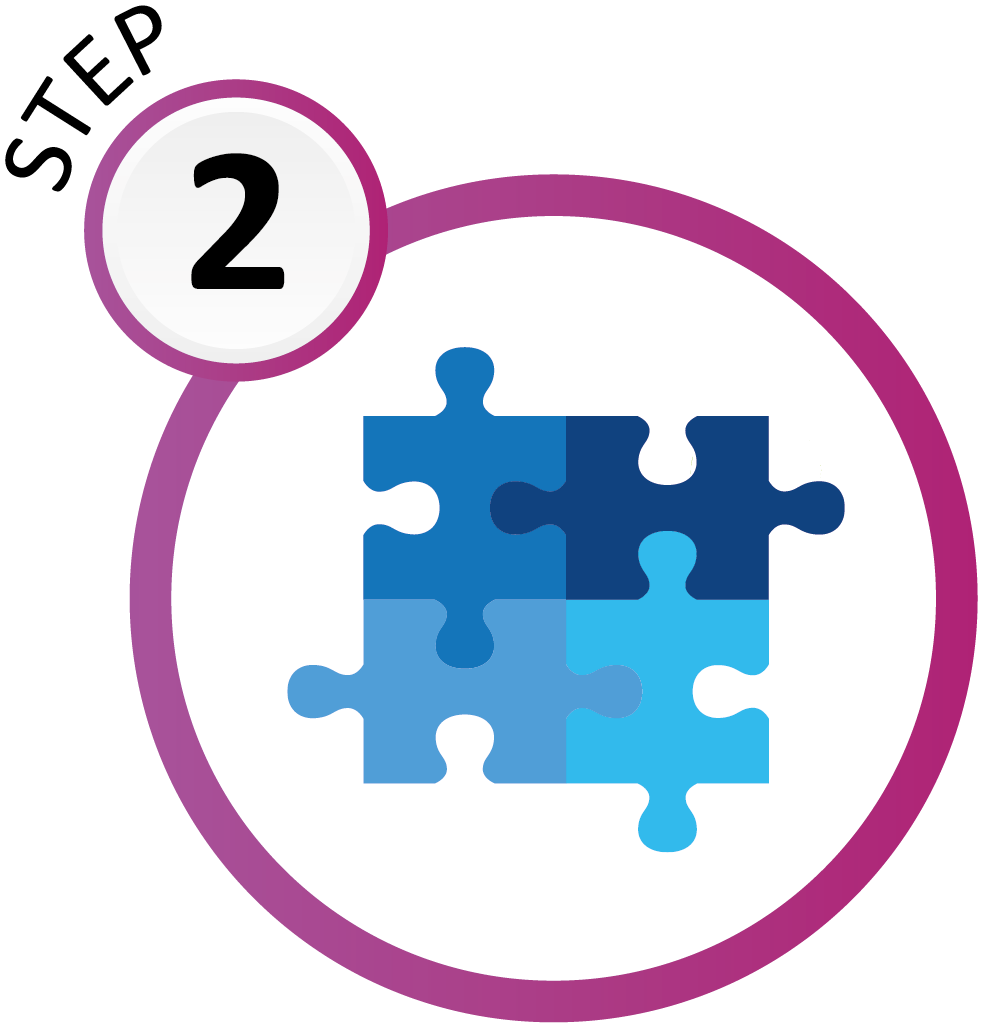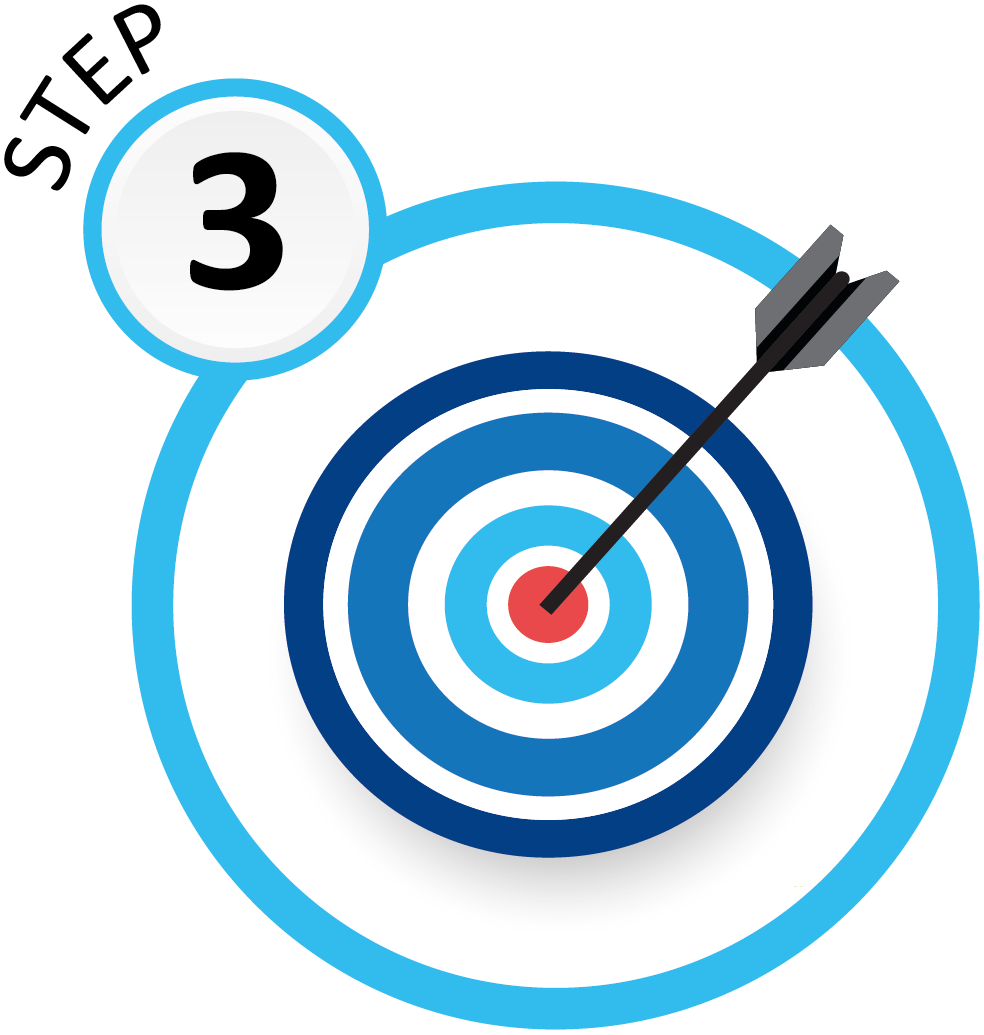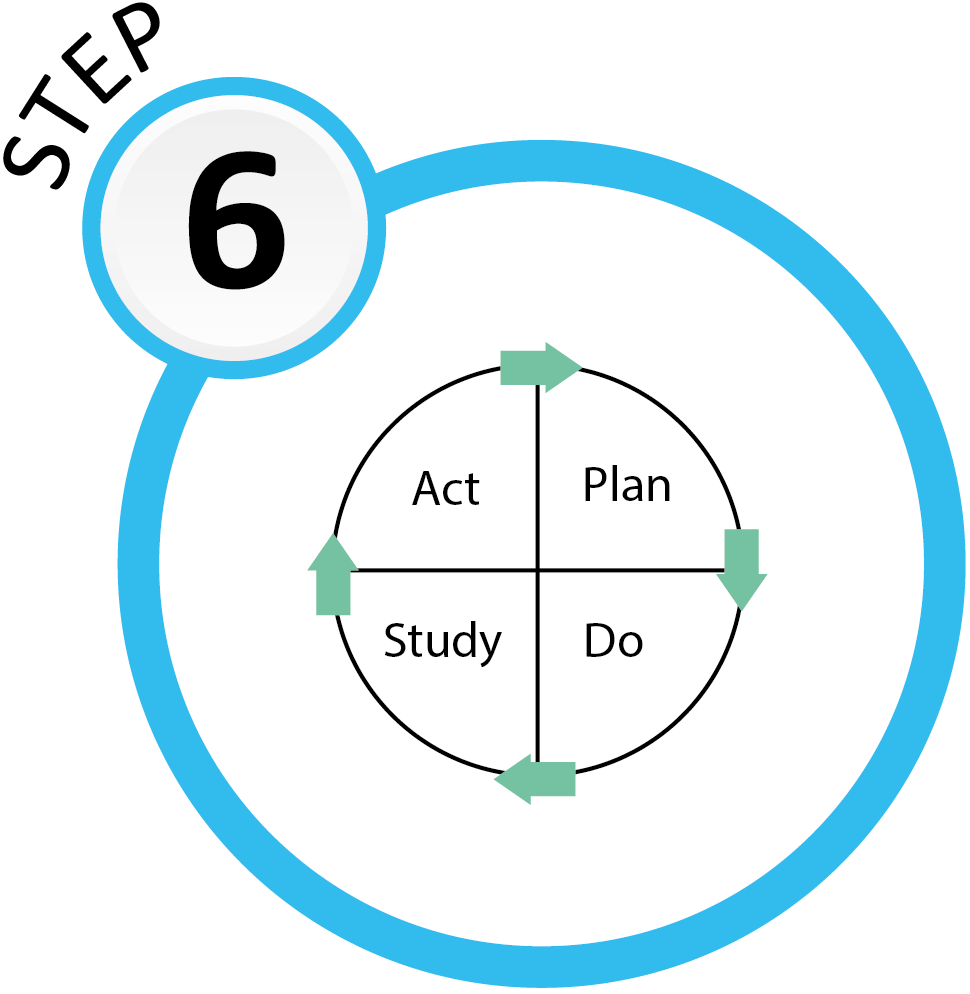Our unique approach to quality improvement is made up of seven steps. The steps were developed by our quality improvement specialists, grounded in theory from the world-renowned Institute for Healthcare Improvement. Underpinning them is our quadruple aim of improving health outcomes, patient experience, colleague satisfaction while lowering costs at the same time.
We have a suite of useful tools and templates aligned to each of the steps, giving you the freedom to choose those that best suit your needs. Our quality improvement specialists are on hand to advise, coach and support you when you need a hand – contact us and we will work together with you.









